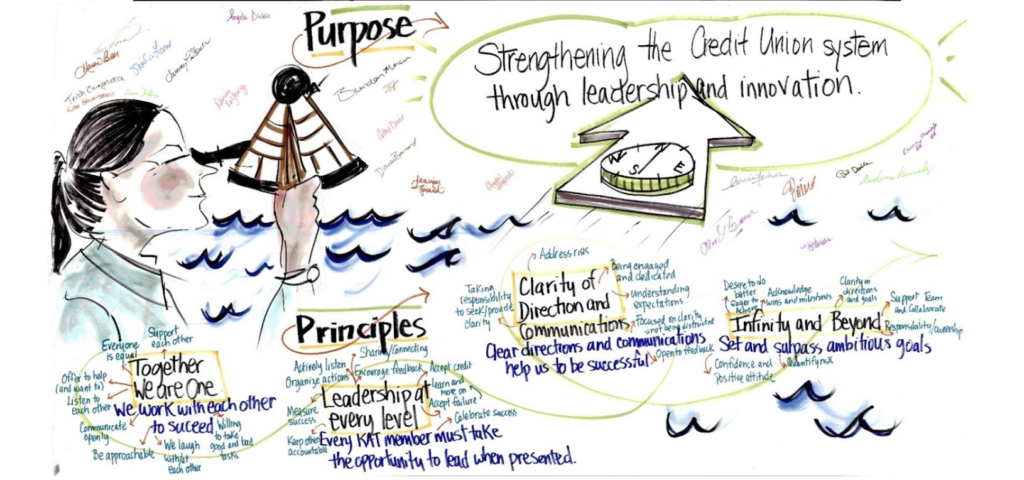What is the mission and vision of CDIC?
CDIC is a global leader in deposit insurance and resolution. We are a federal Crown corporation – a part of the Government of Canada – that protects eligible deposits at each of our member financial institutions (banks, trust and loan companies, associations governed by the Cooperative Credit Associations Act that take deposits, and federal credit unions). In addition, CDIC is Canada’s resolution authority, which means we take the lead in handling the failure of our members – from smallest to largest – to protect eligible deposits.
Why is trustworthy digital identity critical for existing and emerging markets?
Canadians perform billions of transactions through our member institutions each year. A trustworthy digital identity would provide Canadians with confidence that their data is being used as intended and in a secure manner when transacting digitally.
As a deposit insurer and resolution authority, during a failure, CDIC would require line of sight to accurate deposit and depositor data so money can be quickly and securely reimbursed. A digital identity could be used to authenticate a depositor online to assure CDIC that payment is going to the right depositor at the right time.
How will digital identity transform the Canadian and global economy? How does CDIC address challenges associated with this transformation?
We believe Canadians should have choice in how they receive information, as well as payments – even in the event of a bank failure.
CDIC strives to stay abreast of trends and appetites of its stakeholders, particularly eligible depositors, and routinely maintains and modernizes its reimbursement processes to optimize information and payments available to Canadians in the event of a failure. A digital identity would help to expand our depth of online services to Canadians and reduce the potential for fraud or misuse of sensitive data so that depositors can have choice and control of payment methods.
What role does Canada have to play as a leader in this space?
CDIC is part of the federal financial safety net helping to ensure a stable financial system and a healthy economy. We know that financial services are critical to all Canadians and digital financial services are proliferating at a significant pace. Participating in the development of a digital identity framework supports our mandate to act for the benefit of depositors and contribute to financial stability.
Why did CDIC join DIACC?
CDIC joined DIACC to inform our transformation journey and to contribute to thought-leadership in digital authentication, which affects the depositors we protect and the members institutions we regulate.
What else should we know about CDIC?
Since 1967, we have handled 43 member institution failures that touched over 2 million Canadians. And throughout that time, no depositor has lost a single dollar that was protected by CDIC.
As Canadians think about their futures and the security of their money, they should rest assured that CDIC will be there to protect their savings at all our member institutions.







